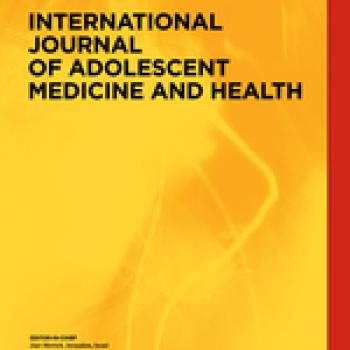Publication Information

Background
Peer victimization is a common form of aggression among school-aged youth, but research is sparse regarding victimization dynamics in low- and middle-income countries (LMIC). Person-centered approaches have demonstrated utility in understanding patterns of victimization in the USA.
Objective
The authors aimed to empirically identify classes of youth with unique victimization patterns in four low- and middle-income country settings using latent class analysis (LCA).
Methods
The authors used data on past-year exposure to nine forms of victimization reported by 3536 youth (aged 15 years) from the Young Lives (YL) study in Ethiopia, India (Andhra Pradesh and Telangana states), Peru, and Vietnam. Sex and rural/urban context were examined as predictors of class membership.
Results
LCA supported a 2-class model in Peru, a 3-class model in Ethiopia and Vietnam, and a 4-class model in India. Classes were predominantly ordered by severity, suggesting that youth who experienced one form of victimization were likely to experience other forms as well. In India, two unordered classes were also observed, characterized by direct and indirect victimization. Boys were more likely than girls to be in the highly victimized (HV) class in Ethiopia and India. Urban contexts, compared with rural, conferred higher risk of victimization in Ethiopia and Peru, and lower risk in India and Vietnam.
Conclusion
The identified patterns of multiple forms of victimization highlight a limitation of common researcher-driven classifications and suggest avenues for future person-centered research to improve intervention development in low- and middle-income country settings.
Keywords
adolescence; bullying; international; peer victimization
A latent class approach to understanding patterns of peer victimization in four low-resource settings Amanda J. Nguyen,Catherine Bradshaw, Lisa Townsend, Alden L. Gross, Judith Bass

Background
Peer victimization is a common form of aggression among school-aged youth, but research is sparse regarding victimization dynamics in low- and middle-income countries (LMIC). Person-centered approaches have demonstrated utility in understanding patterns of victimization in the USA.
Objective
The authors aimed to empirically identify classes of youth with unique victimization patterns in four low- and middle-income country settings using latent class analysis (LCA).
Methods
The authors used data on past-year exposure to nine forms of victimization reported by 3536 youth (aged 15 years) from the Young Lives (YL) study in Ethiopia, India (Andhra Pradesh and Telangana states), Peru, and Vietnam. Sex and rural/urban context were examined as predictors of class membership.
Results
LCA supported a 2-class model in Peru, a 3-class model in Ethiopia and Vietnam, and a 4-class model in India. Classes were predominantly ordered by severity, suggesting that youth who experienced one form of victimization were likely to experience other forms as well. In India, two unordered classes were also observed, characterized by direct and indirect victimization. Boys were more likely than girls to be in the highly victimized (HV) class in Ethiopia and India. Urban contexts, compared with rural, conferred higher risk of victimization in Ethiopia and Peru, and lower risk in India and Vietnam.
Conclusion
The identified patterns of multiple forms of victimization highlight a limitation of common researcher-driven classifications and suggest avenues for future person-centered research to improve intervention development in low- and middle-income country settings.
Keywords
adolescence; bullying; international; peer victimization
A latent class approach to understanding patterns of peer victimization in four low-resource settings Amanda J. Nguyen,Catherine Bradshaw, Lisa Townsend, Alden L. Gross, Judith Bass

